Contents
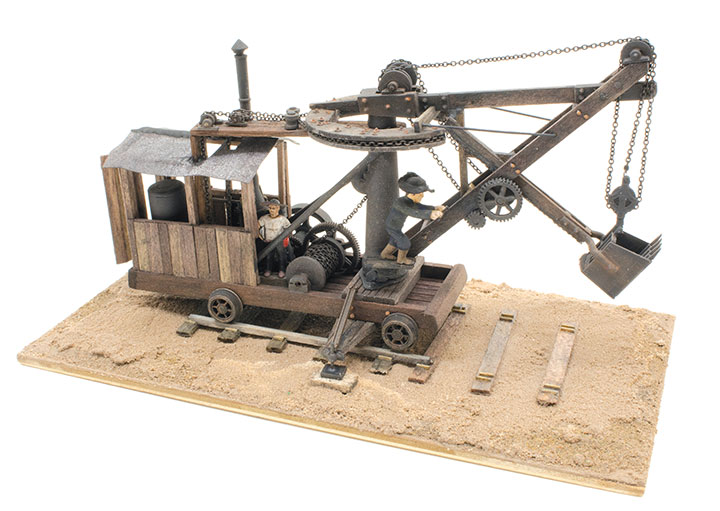
Feature
A Pair of HO Scale Iron Ore Steam Shovels
There is a section of central Pennsylvania in Centre County known as the Barrens. It’s a wooded area of some 9,000 acres first inhabited by the Shawnee Indians. It is believed that they gave the area its name because their crops would not grow very well in the sandy soil. The Commonwealth of Pennsylvania purchased this and surrounding land from the Shawnees in the 18th century. The Commonwealth explored and surveyed this area of Centre County to define parcels that would be sold to landlords and homesteaders. In 1784, one of the surveyors discovered an outcropping of iron ore in the Barrens; further searching turned up immense and widespread deposits of the ore. In the late-18th and 19th centuries, iron ore was of greater value than gold to Pennsylvania’s ironmasters. There were over a dozen blast furnaces operating in Centre County alone. The Barrens did not have the only ore banks; they were being discovered all over the region. Large and small mining operations and the production of pig iron changed the physical and economic face of the area.
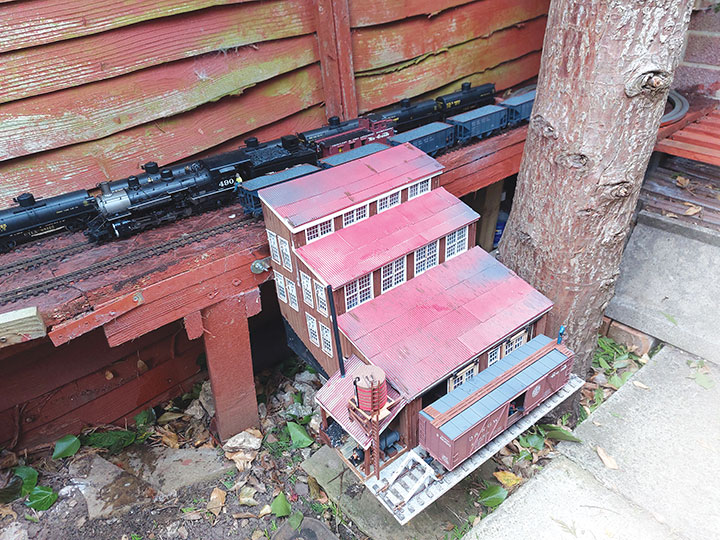
Feature
The Redgate Mill
Deep down in the canyon between the Cat Shed and the garden fence, in the Condo Canyon, resides the Redgate Ore Processing Mill. This is the story of how it got there. My Cumbres & Cat Shed Railroad (C&CSRR) is an On30 narrow gauge short line located in a North Yorkshire garden. The system is battery on board (dead rail) with battery powered radio-controlled locomotives. An article in the 2021 edition of Garden Trains Annual (page 84 to 90) describes the railroad as it was in 2020. The line, like many other narrow gauge and short lines owes its existence to the carriage of minerals. Originally this flow was from an ore tipple at Rockery Ridge, served by an even narrower gauged (On2) tramway out of a mine adit in the garden rockery, north via Donkey Corners yard to the mythical Buck Hollow.
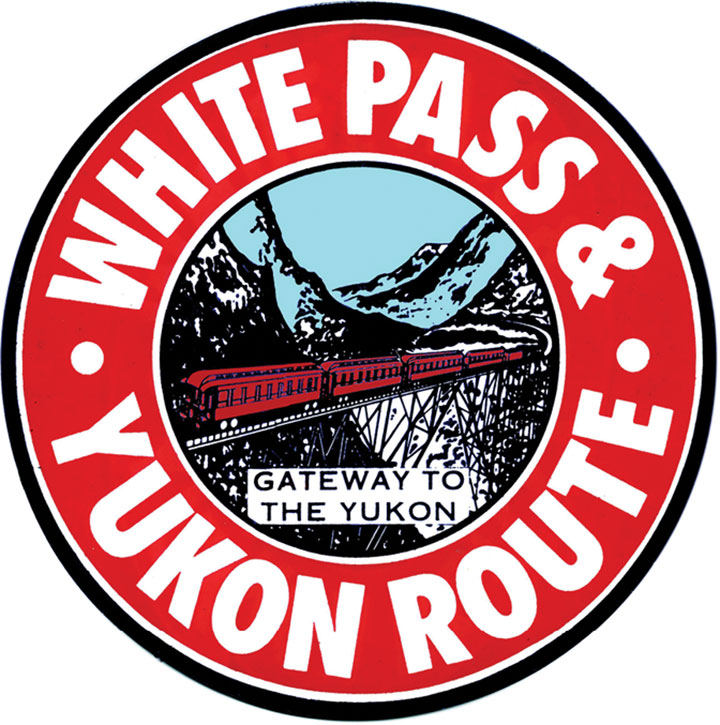
Feature
Locomotives of The White Pass & Yukon Route
Part 6: Two Pair = Four Of A Kind
So far in my series, I have covered the first six locomotives that the Pacific Contract Company (PCC) bought second-hand during construction, and the first two new locomotives the White Pass & Yukon Route (WP&YR) bought. The PCC started construction in May of 1898 and steady progress was made. The first eight locomotives were kept busy hauling construction, freight, and passenger trains north from the boomtown of Skagway, Alaska. The future must certainly have looked bright to the investors and management of the company in late 1899 as they were only seven-months or so from completing the first 110 miles. The company had ordered a pair of new locomotives from Baldwin Locomotive Works the year before (numbers 6/56 and 7/57, see the September/October 2022 GAZETTE).

Feature
The Tom Miller Icehouse
Bodie, California
During the hot summer months when people needed ice to put in their ice box to keep foods from spoiling, they would purchase ice from this icehouse.
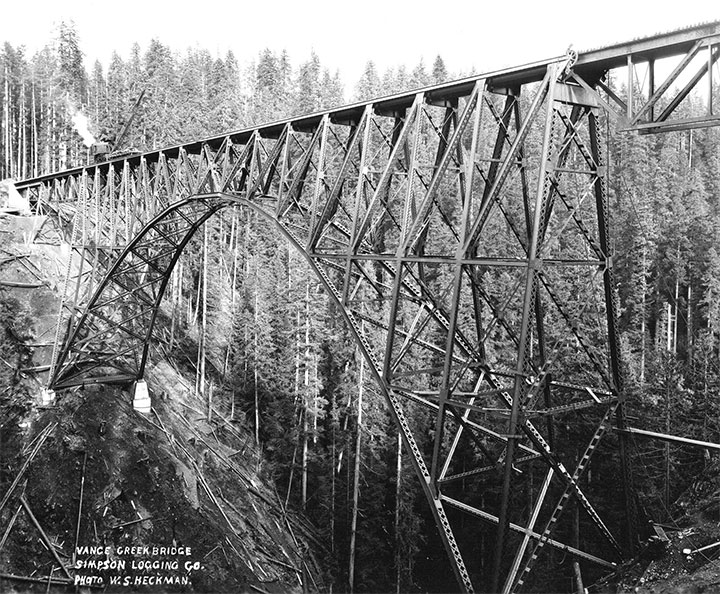
Feature
The Two Large Steel Bridges of the Simpson Logging Company of Washington State
In advance preparation for opening to Shelton a large body of timber in the upper Skokomish regions of the Olympic mountains the Simpson Logging Company has let the first of several contracts for building an eighteen-mile branch of the Peninsular Railroad. The successful bidder for the first section of 6½ miles of grade was the Allen-Govan Company, recently incorporated for the purpose of carrying through this particular contract and for future operations. The contractors have already started work on their winter’s job which includes much rock work and heavy construction found as the foothills are reached. A large shipment of heavy machinery and tools passed through town last week, including two power shovels and camps are being built and crews assembled to rush the work for completion early next summer.
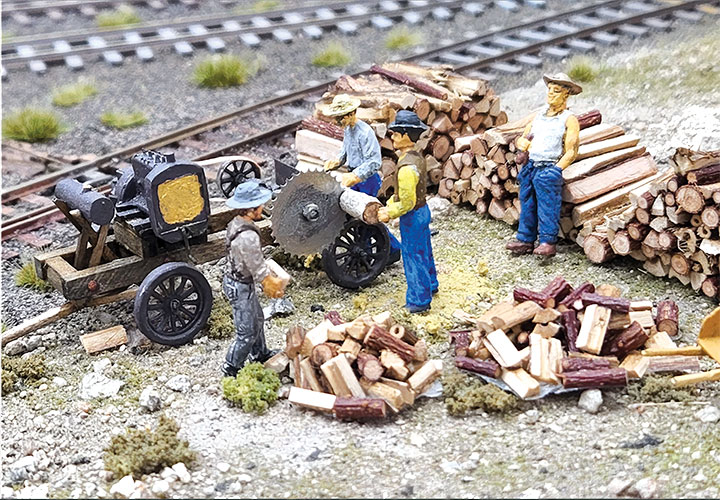
Feature
Portable Sawmills
Back in the 1930s–40s in my little town in the Missouri Ozarks, nearly everyone heated with wood stoves or fireplaces. Only the very well-to-do could afford coal as a heat source and the rich had stoker fed central coal furnaces. As timber was plentiful and the area was dotted with small farms, cutting trees was a cash crop. Except for making railroad ties and a stave mill, stove wood was needed to heat by about 98 percent of the homes and businesses. Farmers and loggers would cut mostly oak for firewood and deliver it to town by the cord. That is a stack of four-foot logs four feet high by eight feet long. The larger logs were split to a manageable size when it was cut to the length needed for heating stoves. Cook stoves burned wood cut and split from “slabs.” This was the side scrap wood left over after a log was run through a sawmill cutting lumber.
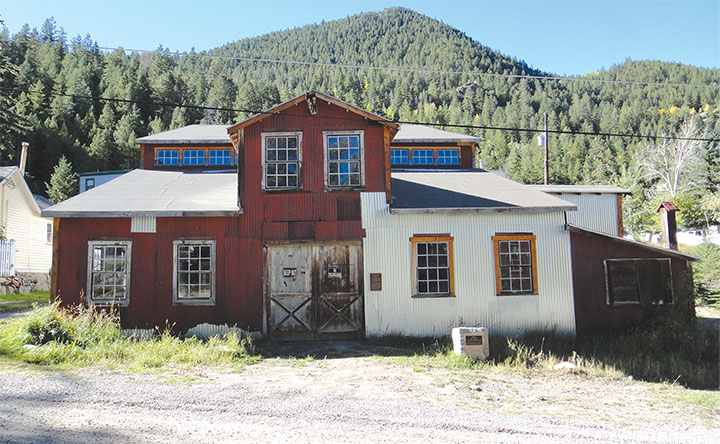
Feature
The Silver Spur Mill
My wife, Pat, and I stood at the bottom of our basement stairs. To our right was the recently completed crew lounge. To our left was the empty train room—a blank canvas, as it were, upon which to paint a layout. She said to me, “I suppose right here will be the end of a peninsula with the track running around the edge of it!” I replied rather mindlessly, “I suppose so.” She said, “Everybody does that; it’s a cliché in model railroading! Your peninsula will be nearly 40 feet long; you’ll never miss three feet of run, move the turnback loop away from the end of the peninsula and mask it in a cut; narrow the end of the peninsula into a teardrop which will be eye-appealing and improve traffic flow into the aisles. Then build your signature mining scene right here where it will be the first thing visitors see.” This from the astute eye of a lady who has never built a layout but has visited many. I had to agree with her on all counts.
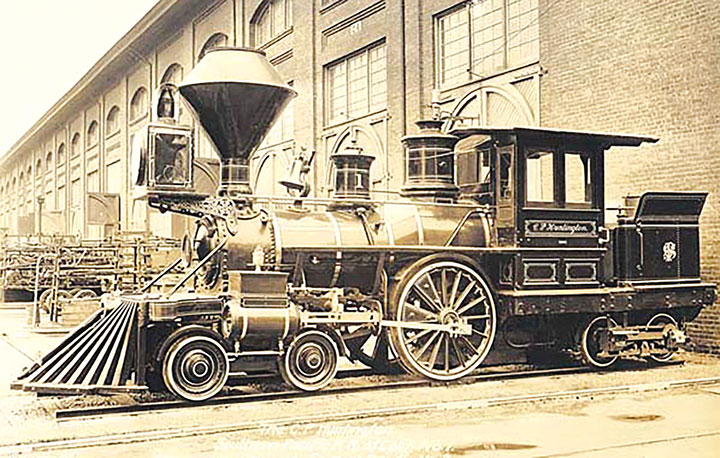
Feature
An HOn3 “Bicycle” Locomotive
Drawing from a number of sources, an article on Wikipedia states that the C.P. Huntington was built by the Cooke Locomotive Works in 1863, purchased by the Central Pacific Railroad in 1864, and was in use during construction of the western part of the transcontinental railroad in the late 1860s. The Southern Pacific bought the locomotive in 1871 and initially used it for light duty in northern California. It was rebuilt several times over the years, and was even used as a line-side weed-burner at one point. In later years it spent much time on the sidelines and was nearly scrapped in 1914, but was rescued and cosmetically restored for display at the Panama-Pacific International Exposition in 1915. It appeared again, running under its own steam, at the opening of the new Los Angeles Union Station in 1939. A home movie of this event shot by Ward Kimball is available on YouTube.
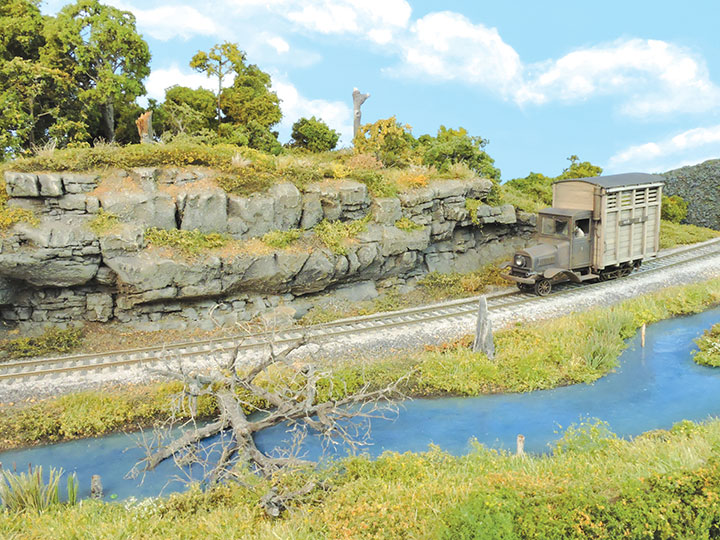
Feature
Lightweight Pond Development and Detailing
One of several pandemic-duration projects I’ve completed recently was scenicking a pair of HO Free-mo modules representing a central Ohio shortline in the 1920s. There were several scenic features I wanted to model in a lightweight fashion (but that were sturdy enough to withstand handling during transport, setup, and takedown). The feature this article focuses on is modeling a pond along the right-of-way (like a beaver pond that developed along an abandoned right-of-way that a pair of friends in the Free-mo group photographed on a prototype-detail scouting trip). Steps for painting and texturing water from a pond carved out of foam insulation, painting shore and water details (such as duckweed and clouds), along with adding a fallen tree and the more traditional details of cattails, lily pads, tree remnants, and bank brush are described in the following photos and captions.
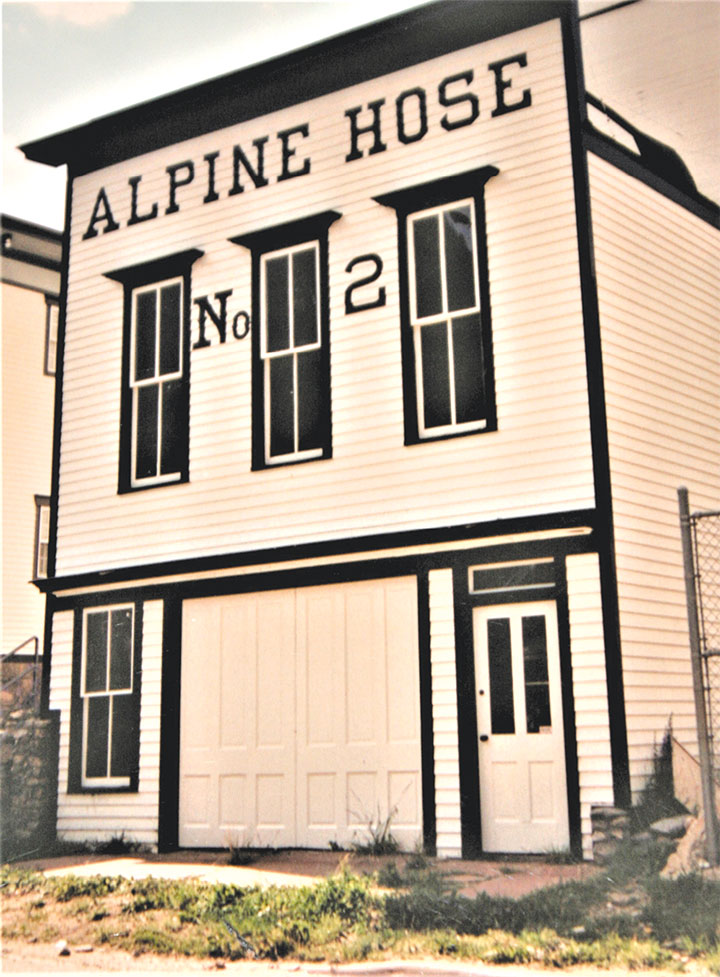
Feature
A Firehouse for All Eras
Fire was a constant threat to the many wood buildings in early Colorado boom towns. Because of this, the firehouse became the most important building in town. Georgetown was no exception, but it had several firehouses and avoided the major fires which almost destroyed other towns. One of the most unusual firehouses in Georgetown was the Alpine Hose #2. It was a basic utilitarian structure until a local mining magnate donated a bell, and a tower was built to support it. This addition completely changed the look of the building, making it one of the town’s most interesting structures.
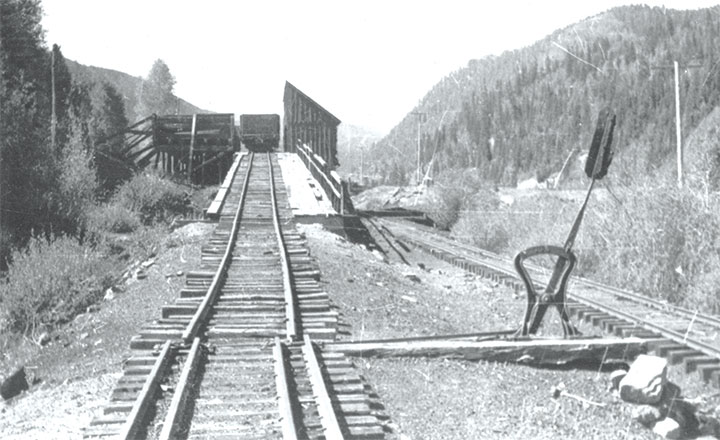
Feature
Rico Coal Pocket Part 3: The Final Part
In the July/August 2020 and September/October 2020 GAZETTEs I wrote a two-part series on building an HO scale model of the coal pocket that once existed at Rico, Colorado. This article is the long awaited third and final part to the story. When I originally built the coal pocket, I knew that because of where it would be located on my layout, it would be very difficult to spot cars during an operating session. The grade of the delivery track and the location of the coal pocket being out of reach from my operators meant there was no way to manually stop the coal cars from rolling away. From the beginning, I had planned to install some sort of mechanical mechanism for holding cars on the grade. In this final installment I’ll describe how I accomplished this.

The Narrow Gauge Scene
The Narrow Gauge Scene
It is no secret that I love structure modeling and therefore relish a new structure project. Like many other model railroaders, I also enjoy a bargain. Some months back, I stopped at one of the two remaining train shops in the Bay Area, and in the bargain-bin was a mint sealed HO scale AHM kit for the Village Smithy, a blacksmith shop in a small wooden barn. Now normally, I would have passed because a plastic kit for a wooden building presents its own challenges in transforming the plastic into wood, at least the appearance of wood. This kit appealed for a few reasons, however. First, it was a classic E.L. Moore design, replicating a structure Moore built as described in an article in the September 1967 Railroad Model Craftsman (RMC). Secondly, it included unique interior and detail castings. Thirdly, it was only $5.00, close to the original price when issued in 1971. Those factors proved irresistible and so home it came.
